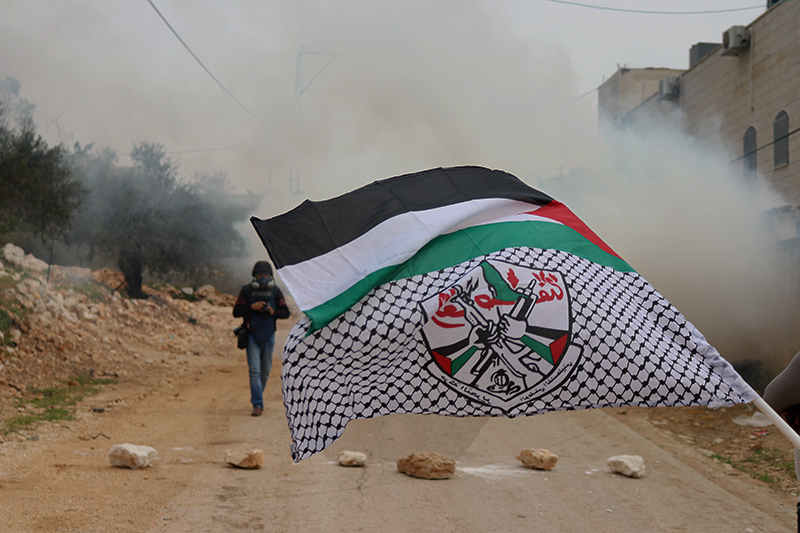Category: Features
-
Israeli forces shoot at protestors from rooftops in Kafr Qaddum
17th March 2017 | International Solidarity Movement, Ramallah Team | Kafr Qaddum, Occupied Palestine On Friday 17th of March the people of Kafr Qaddum gathered for another weekly demonstration which was repressed by Israeli forces, who shot teargas, stun grenades and rubber-coated steel bullets at demonstrators. Israeli forces were seen on at least one…
-
Honoring Rachel Corrie
16th March 2017 | International Solidarity Movement, occupied Palestine Today, March 16th, 2017, marks 14 years since the day that Rachel Corrie had her life taken. And though her life ended early, her courageous heart and defiant spirit will be carried onward, and continue to inspire many activists now and into the future. Holding a…
-
More young camera activists trained in Hebron
15th March 2017 | International Solidarity Movement, al-Khalil team | Hebron, occupied Palestine Today five young students from Ibrahimi boys’ school took training in camera skills in H2, the Israeli controlled part of the city of Hebron. Training consisted of camera skills, for video, stills and phone-camera; as well as the human rights and legal…



